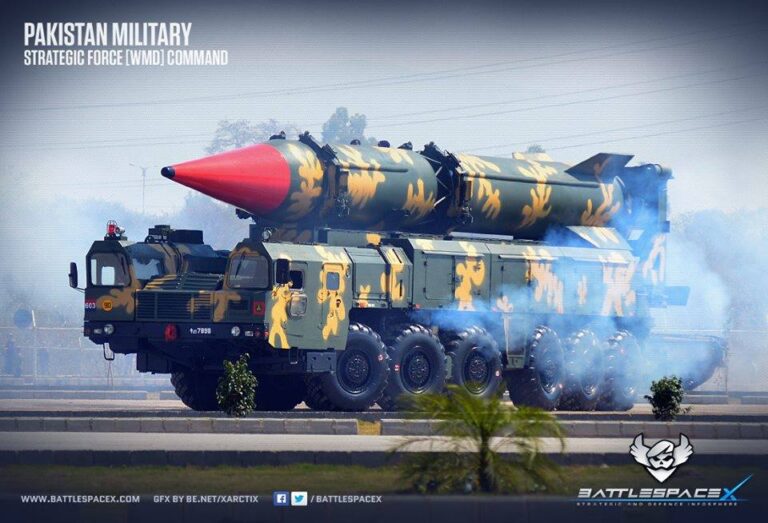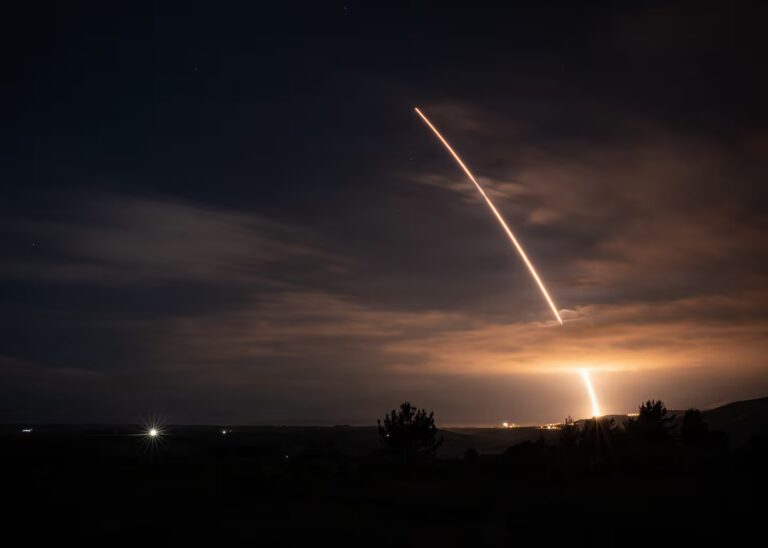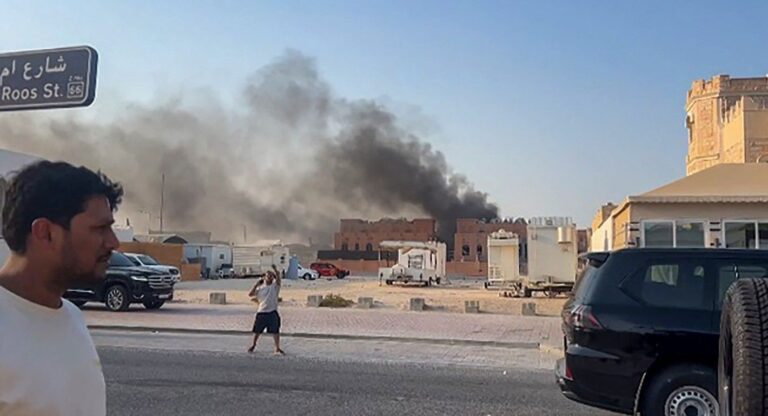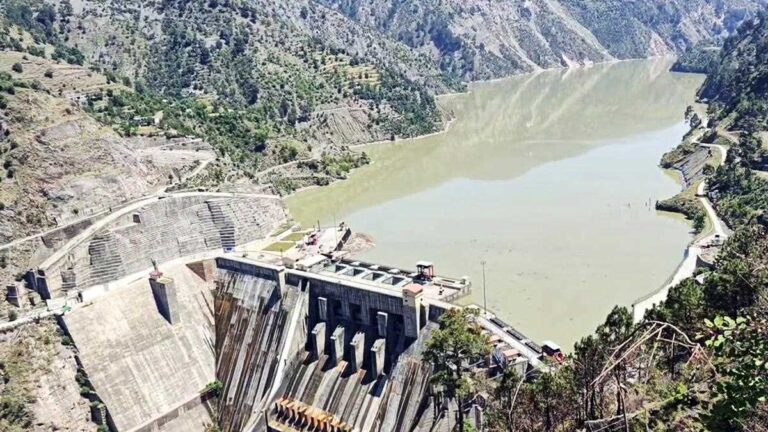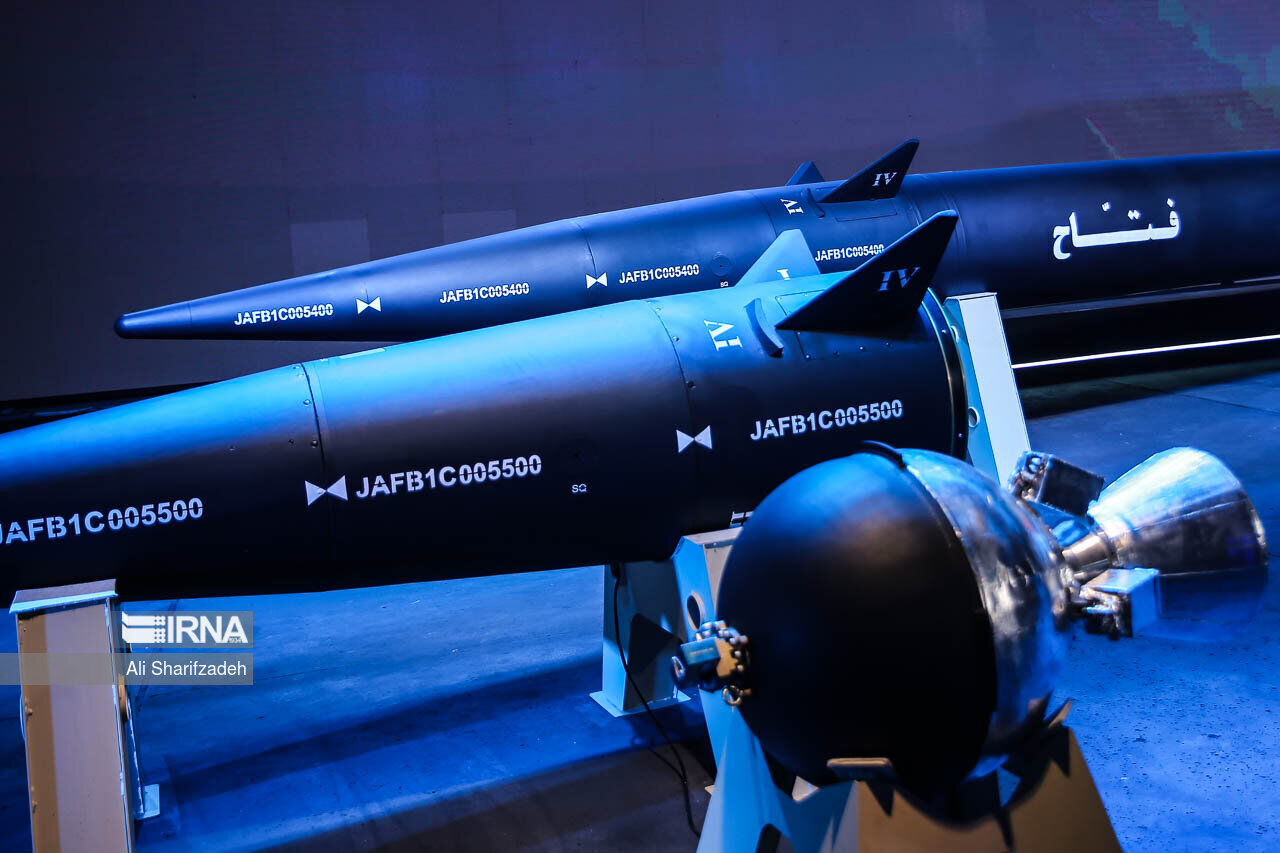
Source: IRNA
Tajwer Shamsi
On June 06, 2023, Iranian state media reported a ceremony hosted by Iran’s President Ebrahim Raisi which unveiled ‘Fattah’, Iran’s first hypersonic missile. Reactions to this important development have ranged from shock to skepticism to apprehension. However, Iran proudly and confidently lauds itself on this game-changing feat after which it sees itself as a member of an exclusive club comprising Russia, the U.S., China, and North Korea, which is caught up in a hypersonic arms race. However, doubts over Iran’s successful testing and its functions have primarily risen due to most reports regarding the missile being limited to Iranian state media.
Iran’s Islamic Revolutionary Guard Corps’ (IRGC) Aerospace Force Commander Brigadier General Amir Ali Hajizadeh has claimed that the Fattah – meaning ‘conqueror’ in Persian, possesses the ability to trespass all air defense missile systems. The IRGC further claims that the missile has a range of 870 miles which reduces the missile’s flight time to Israel to 400 seconds. Even more significant is the IRGC’s claim that the Fattah missile can travel fifteen times the speed of sound i.e., Mach 15. According to Hajizadeh, the missile also uses a solid propellant technology, and therefore has the ability to maneuver within and outside the Earth’s atmosphere. He also said due to how the missile moves in different directions and altitudes, it cannot be destroyed by any other missile. Finally, in accordance with a 2022 Air & Space Operations Review article on Iran’s focus on the development of maneuvering warheads in 2022, the Fattah also consists of a ‘maneuverable re-entry vehicle (MARV), which means that it is capable of changing and maneuvering its trajectory. MARVs possess the capacity to autonomously track and engage ground targets.
In order to understand what the development on this front means for the country, the Middle Eastern region, and the world, it is critical to make sense of what hypersonic missiles are and why they have become the ’hype’ of the 21st century arms race. Experts have understood it to be ‘revolutionary, workable, elegant, and realistic’, despite massive Western skepticism over whether or not Iran is exaggerating its claims of acquiring this missile. What makes hypersonic missiles so colossal is not only the Mach 5 plus speed but also their astonishing maneuverability during flight. In addition, their ability to dodge modern defense systems like U.S. Patriot missiles is one of its conspicuous features. Further, hypersonic missiles have the ability to either completely exit or almost exit Earth’s atmosphere and change their course during flight to avoid detection.
With an understanding of how complex yet revolutionary hypersonic missiles are, Iran’s development of its very own and reportedly one of the best of its kind hypersonic missiles has expectedly been met with shock morphing into skepticism and speculation from the West over how advanced Fatah’s technological design actually is. The general feeling in the West regarding Iran’s testing of the hypersonic missile has been of unease since, despite having a reasonably large domestic arms industry, Iran has allegedly, according to David Pappalardo, been known to aggrandize its military strength , primarily in an effort to deter and intimidate enemies in the region and beyond. As evidence, the case of the Qaher-313 fighter from 2013 is cited which analysts in the West dismissed laughingly as a false claim due to its reported lack of feasibility and lack of technical details. According to Western analysts, Iran has been known to purposefully overstate its military capability and missile development under sanctions in order to project and sell itself as a successful model for other countries which face similar situations. Therefore, so far, this ‘the boy who cried wolf’ situation between Iran and the West has mostly led to a refutation of Iran’s feat by the West. No official comments have been made by Washington on the development; however, NSC’s John Kirby has remarked that the Biden administration has a very firm approach to counter Iran’s ‘destabilizing’ activities, including its weapons program, in the Middle East.
While American media and experts have mostly been doubting Iran’s claims as mere exaggerations, Israel, which can fairly be termed as Iran’s regional arch-nemesis, on the other hand, seems unwilling to take any chances by dismissing the news as mere hyperboles. Despite there being no certainty over whether or not the hypersonic missile has been successfully tested, Israel does not seem to be taking this new information lightly. Israel’s apprehension makes sense considering that billboards in Tehran announcing the launch of Fattah read ‘400 seconds to Tel Aviv’ in Arabic, Persian, and Hebrew. This development has come while the Israeli Defense Forces were engaged in their ‘Firm Hand’ drill aimed at Iran and Hezbollah in Lebanon, which simulates a multi-front war and brings together all of Israel Defense Forces’ branches i.e., the Army, Navy, and Air Force. Yoav Gallant, Israel’s Defense Minister, responding to the very obvious deterrent threat promised that Israel would come up with an’ even better response’ and that Israel would always possess the ‘defensive or offensive means’ required to stand up to anything its enemies would bring against it.
Adding to Israel’s apprehension, Iran’s state television has reported that the missile has the capacity to evade advanced air defense systems, including Israel’s Iron Dome, which has been designed for defense against short-range rockets launched from nearby. Israel’s defense against longer-range ballistic missiles is the Arrow weapon system which defends against countries such as Iran. In addition to these, Israel, along with Saudi Arabia and the UAE, also employ the use of USA’s Patriot missile defense system. Whether or not the Patriot system will be able to provide Israel protection against Fattah remains to be seen. However, considering the recent reconciliation between Iran and its Arab adversaries in the region, particularly Saudi Arabia, the potential for conflict in the Persian Gulf region has significantly reduced which leaves Israel as the most clear and apparent target of Iran’s latest missile development. Despite remaining hopeful that Israel will be able to defend itself in the future, Uri Rubin, Former Defense Minister of Israel, has admitted that Israel doesn’t have the capability to protect against Fattah right now.
Concerns in the West about how capable Fattah actually is notwithstanding, the possibility of cooperation between Iran and Russia for their development adds substance to Israel’s fears. This possible partnership also provides an answer to how Iran managed to reportedly develop one of the most advanced hypersonic missiles. Reports of collaboration between Russia and Iran over weaponry date back to November 2022 and refer to an exchange of hypersonic technology for attack drones and weaponry which Russia desperately needs for its war with Ukraine. In addition to that, reports from 2017 assess how Iran’s development of inter-continental ballistic missiles (ICBMs), in collaboration with China, North Korea, and Russia, makes the development of Fattah not so surprising.
Western skepticism over Iran’s development of such an advanced hypersonic missile can thus be viewed as an underestimation of Iran’s progress in the new arms race. The Iranian perspective on this skepticism is that it stems from U.S. insecurity over how this development might affect its ability to sell arms in the Middle Eastern region. Iran dismisses this cynicism with the assertion that ‘truth will be revealed on the day such arms will be used’. Regardless of what the opinions on Iran’s major feat may be, no one, not even the West, denies that Iran actually has developed a hypersonic missile. The debate is limited to its capability, which may or may not be exaggerated. The development of Fattah is undoubtedly a military success for Iran. That said, concerns regarding the effectiveness of hypersonic missiles cannot be wished away. The friction caused by their contact with the upper atmosphere leads to very high temperatures, which paired with incredible speed, leads to the production of superheated particles, causing trouble with radio communications. None of the four countries possessing hypersonic missiles, except Russia, have actually tested the use of hypersonic missiles in combat. However, their strained relations against one another and the ever-increasing great power competition continue to fuel the 21st century arms race.
An increase in Iran’s military power has greatly caused a shift in Middle East’s balance of power which now necessitates all contenders, such as Saudi Arabia, to upgrade their weapons’ technologies as well. With this, Iran has also managed to massively add to its diplomatic clout not only in the Middle East but also in the global arena. If one were to see this as an optimist, Iran may use this as an advantage to renegotiate sanctions imposed on it. However, a more realistic perspective points towards further restrictions on the Iranian economy. Yet, whatever the case may be, one thing that can be agreed upon with certainty is that developing a framework on arms control and regulation has become a necessity for the region and the rest of the world in this new age of hypersonic weapons in order to ensure stability.
Tajwer Shamsi is an independent researcher on security and strategic issues.

